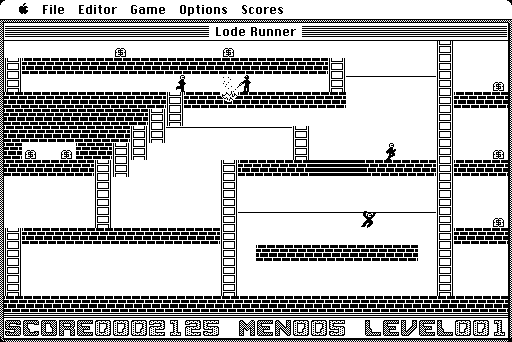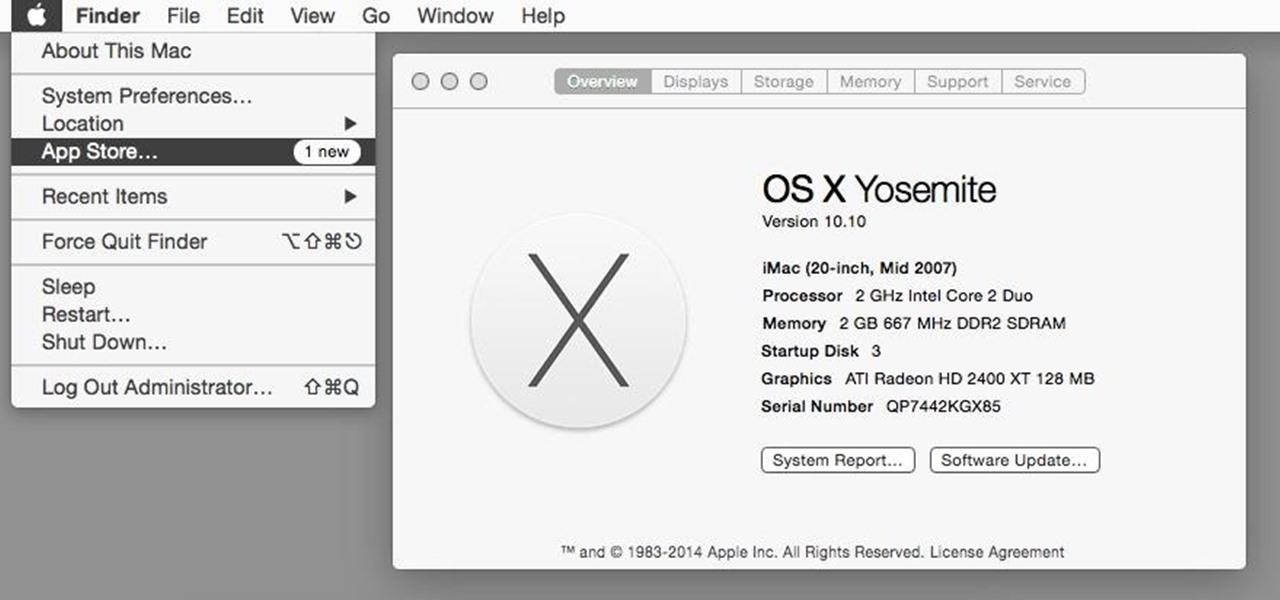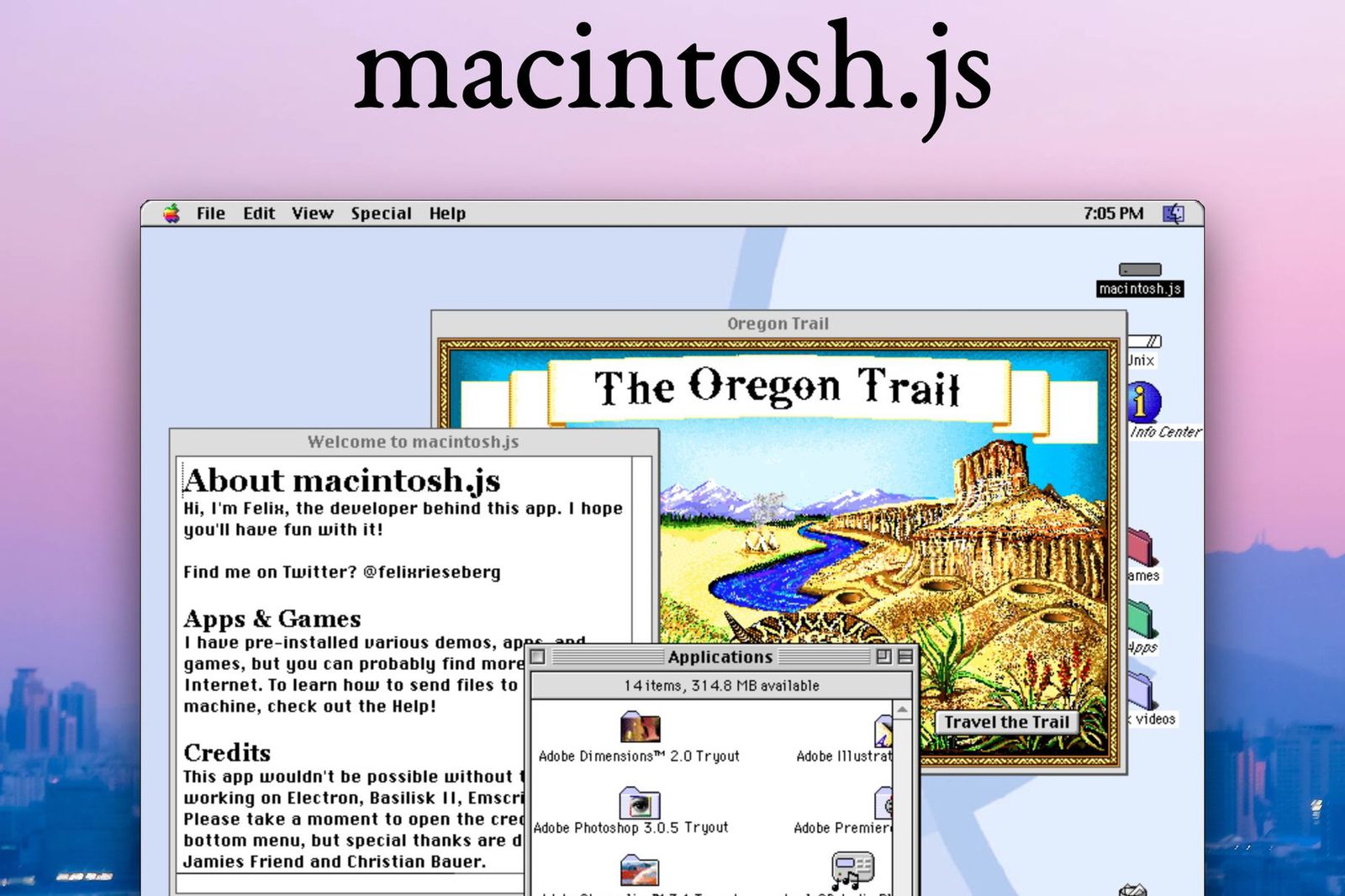
- #CLASSIC MAC OS EMULATOR FOR FREE#
- #CLASSIC MAC OS EMULATOR DRIVERS#
- #CLASSIC MAC OS EMULATOR SOFTWARE#
- #CLASSIC MAC OS EMULATOR PLUS#
- #CLASSIC MAC OS EMULATOR PSP#
SheepShaver An open-source "run-time environment" that includes a PowerPC emulator for non-PowerPC host systems. Compatibility is limited however, and as such some games and applications which depend on Mac System Extensions may not work properly. Requires no ROM images or other copyrighted Apple code, as it instead translates Macintosh API calls into equivalent Win32 or POSIX API calls similarly to Wine. Ardi Executor A formerly payware compatibility layer targeting System 1 to 6. A snapshot exists for December 2018 however, which suggests that the project isn't completely dead. Stables used to release every two years but stopped in 2013. Computers it targets include the Macintosh Plus, SE and Classic. PCE (PC Emulator) A multi-system emulator. Clock Signal A multi-system emulator with full-hardware cycle-accurate emulation of the Macintosh Plus.

Just typing in "Macintosh" will list basically everything Mac-related like the original Macintosh 128K (labelled as Working) and the Macintosh II (which is OK). It covers a wide range of electronic history, with its namesake being arcade machines. MAME To say it's a multi-system emulator would be an understatement.

#CLASSIC MAC OS EMULATOR PLUS#
Targets the Macintosh Plus (capable of booting Systems 3 to 7.5.5), but can be built targeting other models (128K, 512Ke, SE, SE FDHD, Classic, or II). Mini vMac The successor to vMac, an older emulator.

#CLASSIC MAC OS EMULATOR PSP#
Aside from the usual Windows, macOS, and Linux ports, Basilisk II also received an acclaimed (homebrew) PSP port.
#CLASSIC MAC OS EMULATOR DRIVERS#
The successor to Basilisk, a similar emulator for Linux and BeOS, it works by providing replacement drivers for components that would normally be hardware (a sort of HLE approach). We'll either be further ahead or severely behind.īasilisk II An emulator targeting the "Mac Classic" and "Mac II" lines, capable of booting System 6.0.7 to OS 8.1 depending on ROM. It should be noted that we do not aim to be the last word on Mac emulation there's a community called E-Maculation that covers this more thoroughly, as they offer builds for many of the emulators shown here on their forums.
#CLASSIC MAC OS EMULATOR SOFTWARE#
As a PC platform in its own right with its own userbase and varying degrees of unique software and hardware features, most major emulators of other platforms maintain a macOS port, or are ported to macOS by external collaborators, in addition to a number of emulators originating on the Mac over the years. With version 11 in 2020, macOS is now being ported to ARM (like its mobile cousin iOS).Ī ton of Macintosh emulators have appeared over the years, some early in the system's release (mostly for competing m68k microcomputers) and others as late as a few years ago. Mac OS X, which has UNIX underpinnings different from its predecessor, was introduced in 1999 requiring a PowerPC G3 at minimum, and ported to x86 in 2006. A quick way to distinguish an Old World from a New World Mac is that all New World Macs have onboard USB ports, while no Old World Macs do.
#CLASSIC MAC OS EMULATOR FOR FREE#
"New World" motherboard ROMs, with Old World used for System 1-7 on 68k/PPC targets, and New World generally used for Mac OS 8-10 PPC targets, since New World ROMs were stored with the OS, they are available legally from Apple for free online in OS updates. An important divide relevant for Mac emulation is "Old World" vs. Macintosh computers have always included a platform-exclusive operating system that never had a consistent name. And in 2020 have started a transition from x86 to ARM, further integrating with its more popular iOS mobile spinoff. They switched to x86 in 2007, justifying it with the explanation that PPC failed to be competitive with Intel's Pentium M series. In the early 90s, Apple partnered with Motorola and IBM to combine IBM's POWER with Motorola's 88k to produce the PowerPC (PPC) architecture they used in Macs from 1994-2007, naming some of them accordingly as Power Macintosh.

From its launch in 1984 up until 1996, Apple sold Macintoshes with the Motorola 68k family of CPUs. Throughout its history the Macintosh has spanned four CPU instruction set architectures that represent the four commonly known generations. Apple offered the Macintosh alongside its popular Apple II family of computers for almost ten years before those were discontinued in 1993. The original Macintosh was the first mass-market personal computer that featured a graphical user interface, built-in screen, and mouse, eschewing the command-line interface and/or BASIC interpreter that had been the mainstay for home computers since the late '70s. The Macintosh is a family of personal computers designed, manufactured, and sold by Apple Inc.


 0 kommentar(er)
0 kommentar(er)
